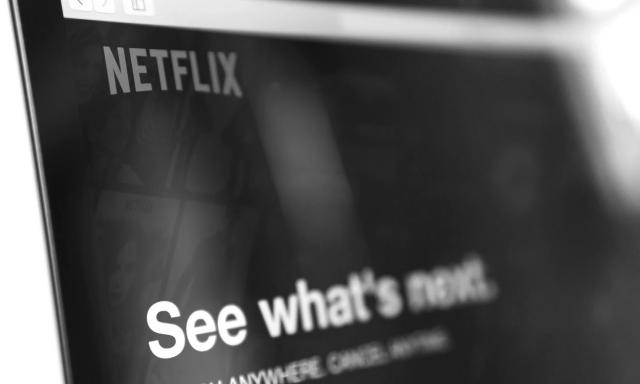
On Time: How the Past, Present and Future Can Impact Job Engagement
In the workplace, it can often feel like there is no time but the present.
Daily deadlines and short-term goals can take precedence over longer term objectives. The demands of today can seem more pressing than the plans for tomorrow. The size and shape of the forest can be lost behind the trees directly ahead.
But for employers looking to increase engagement, it is important to think about the future.
“Organizations that attend to not only the current but also the expected future needs and rewards of their employees will be well positioned to build job engagement,” said Morela Hernandez, a Darden professor of leadership and organizational behavior, and Cristiano L. Guarana, a postdoctoral research associate at Darden.
Looking to better understand the relationship between time and engagement, Hernandez and Guarana recently surveyed hundreds of employees at a large diversified technology company. Based on results from more than 200 respondents, they found job engagement is not only heavily influenced by a worker’s current circumstances, but also by his or her expectations for the future.
In particular, Hernandez and Guarana looked at three factors that drive job engagement: psychological meaningfulness, availability and safety. In terms of meaningfulness, they noted greater job engagement occurred when employees not only believed their current efforts would create a sense of return, but also that their future labors would lead to increased rewards later on.
Forward-looking expectations were also important to psychological availability, or workers feeling they had the physical and emotional resources to complete a task. Availability led to the greatest engagement when employees felt confident they would have the time, funding and personnel to take on a future challenge.
“Current experiences, although important and significant predictors of job engagement, are episodes within the larger scope of an employee’s career,” Hernandez and Guarana said.
Psychological safety was the one engagement factor that remained firmly rooted in the present. One possible explanation for this is that safety — the feeling that you won’t lose your job or reputation if you make a mistake — is linked to imminent survival efforts, making current circumstances far more important than unproven possibilities.
As for how employers can make practical use of these findings, Hernandez has a few tips:
First, employers should keep the future in mind in all stages of hiring, developing and promoting talent. Early on, recruiters should provide a clear job description of an open position to help job seekers evaluate whether the company will be a good fit, both in the near term and the long term.
Second, once an employee is hired, Hernandez recommends developing a more holistic perspective to training that takes into consideration a person’s current and future role expectations. Though a new hire might take an entry level position to get a foot in the door, it might be useful to know where that person’s ultimate ambitions lie. This can save time later on and put a worker on a track toward maximizing his or her potential and engagement.
Third, after an employee has been fully brought on board and begun working, managers should highlight both current rewards and the potential resources offered in future roles. Companies that are able to map out how a worker can move forward in his or her career are likely to see higher engagement and also possibly higher retention. After all, even if an employee feels overworked or underappreciated at present, the promise that things will get better or that a promotion is eventually in store could smooth over the worst of those negative feelings.
Hernandez does have a bit of good news for employers. While present and anticipated conditions can affect an employee’s engagement, past circumstances generally do not. Even if an employee has suffered disappointments in the past with regards to rewards or recognition, he or she probably isn’t wasting time ruminating on what has been. Instead, the employee is more focused on what is and what could be.
“Rather than dwelling on past circumstances, the meaningfulness individuals experience at work tends to drive their attention toward current and future job roles,” Hernandez and Guarana said.
Also important to note is that organizational identification — an employee’s sense of belonging within a company — can often trump the other factors that drive job engagement. “When individuals identify with their organizations, they pay attention to what they have in common with other organizational members,” Hernandez and Guarana said. “They internalize the organization’s values and personally embody its shared beliefs.”
On the flipside, for companies where organizational identification is low, the other three factors take on even greater importance.
All in all, Hernandez and Guarana caution employers and researchers not to forget about time when exploring the issue of job engagement. Because there is no time like the present — except, sometimes, the future.
Darden Professor Morela Hernandez and postdoctoral Research Associate Cristiano Guarana co-authored “An Examination of the Temporal Intricacies of Job Engagement,” published in the Journal of Management.












